
Custom straight Packard boattail speedster
By Joe Greeves
Trash into treasure is a common theme in the restoration scene. But this rescued Packard is not just any treasure, but one that took home multiple concours trophies.
Owner Stephen “Steve” Tatoul is a regional controller for LKQ, the largest recycled and aftermarket automotive parts supplier in the U.S. An experienced auto enthusiast, he has previously restored a 1969 Mercedes 280SL and a 1959 El Camino. His latest automotive adventure began when he was doing a review of one of his company’s salvage yards in South Bend, Indiana.
A vintage ’49 Packard caught Steve’s eye as it began rolling toward the scrap-metal scales. The old sedan was worth only the value of its metal, but it had one of those big, Straight-8 flathead motors that he always admired. Although the car wasn’t salvageable, the motor was turning free, and he realized that it would be a shame to send such a beautiful mechanical marvel to the crusher, especially since he had been mulling over the idea of a new custom vehicle. It would make a great family project that he could enjoy with his children.
So, Steve had the car pulled out of line and bought it from his company. He was able to salvage the powertrain, steering gear and various other parts. Still without a clear direction for the project, he set the build in motion by shipping the engine and spares to Craig Holt of Craig Holt Machine in Inverness, Florida.
Craig went through the motor, magnafluxing the block, polishing the crank, and adding new pistons and rods. Unfortunately, the head on the Packard was damaged in transit to Craig, and its loss was a serious setback. In a bit of unbelievable luck, Steve found a 70-year-old, NOS Edmunds finned aluminum head on the internet. The piece was still in the box and a perfect fit for the engine.
More good happenstance followed. His second major find was an Edmunds polished-aluminum, dual-carburetor intake. With this pair of aftermarket speed components sourced, the 288 ci motor would not only run, it would also be a showpiece.
Local expert, Kirk Hum of Hot Rods by Kirk in Crystal River, Florida, adapted a pair of vintage Stromberg 97 carbs that closely matched the original fuel/air flow requirements of the Packard.
For the driveline, a Speed Gems adapter plate, milled to match the Chevy bell housing, enabled the use of a T-5 Borg-Warner five-speed transmission. This unit funnels power to a narrowed 9-inch Ford rear. With the powertrain nearing completion, it was time to begin thinking about a chassis and body.
Steve loved the aggressive elegance of the boattail vehicles in the 1930s. Intent on pursuing that theme, he realized that one of the fiberglass designs from Terry Cook’s Deco Rides collection would be an ideal solution. This firm’s boattail body nicely fit the rear as is, but for the front, the Deco Rides hood had to be lengthened to accommodate the Straight 8. A hand-built Packard nose and grille assembly completed the externals. The lack of engine side panels was a design choice in order to showcase the vintage power plant.
While the body dimensions were being finalized, Steve contacted Fat Man Fabrications for a custom chassis, encountering yet another example of being at the right place at the right time. It turned out they already knew the dimensions of the Deco Rides body, having worked with Terry in the past. The only requirement was to stretch the rails 8 inches to accommodate the Straight-8.
It was a natural choice to add a polished Pete & Jakes Hot Rod Parts drilled front axle with a transverse leaf spring, drop spindles, sea-leg (angled) shocks, and hairpins to capture the vintage look.
Kirk handled the mechanical engineering on the car, fabricating the motor mounts and a trans mount, as well as the two-link, coilover setup for the Ford 4.10 rear end. He also designed the custom exhaust header with a spiral muffler inside the pipe. Stopping power was addressed using drum brakes in the rear and concealed disc brakes up front. All four wheels sport showy finned drums with scoops up front, similar to those found on vintage Buicks. For a decidedly vintage flavor, Kirk created the drag-link steering with the hardware mounted outside on the cowl.
Getting the chassis rolling while paying homage to the bold ’30s-era styling cues required a unique set of wire wheels. After lots of dead ends, Steve finally connected with the talented team at Truespoke, the only company he found that could make the wire wheels in the size necessary. The 18-inch-diameter rims are 6 inches wide. They are shod with 32-inch-high Firestone high-speed, gum-dipped, heavy-duty eight-ply black walls (7.00-18) up front with 34-inch (7.50-18) versions in the rear. Happily, the wheel and tire package even included remanufactured hubcaps with the Packard logo. Now the old Packard began to exude some of the legendary mystique found in the sport machines from the 1930s.
At this point, it was time to begin embellishing the car with dozens of exquisite details. Although Steve had already acquired multiple sets of vintage Packard headlights, the big, round lenses simply did not work with the slim ’46 Packard grille. Fortunately, he found a set of vintage Woodlites with their vertical shape corresponding nicely with the custom-built metal nose and grille. They even shine brighter at night, now retrofitted with modern motorcycle headlamp internals.
Custom spring-loaded hood straps made by Hot Rod Leather were used to hold the hood in place. The chrome Goddess of Speed hood ornament adds a nostalgic touch. Packard emblems adorn the steering wheel hub, dash and trunk. The small, round taillights on the car were fitted with LEDs. West Coast coach builder Steve Moal created the distinctive, Indy-style, quick-release gas cap. The car features a retractable license plate that folds into a pocket under the car when the ignition is off. There are even tiny LED lights that showcase the engine and wheels at night.
Steve Cooley of Steve Cooley Motors in Homosassa, Florida, was tasked with providing the finishing touches, prepping the fiberglass body, lengthening the hood, fabricating the nose, and spraying the DuPont base coat/clear coat, accented with custom-mixed bronze metallic that pops in the sun.
In keeping with the overall stealth design goals, the Duvall-style windshield was originally chrome but repainted black and fitted with lightly tinted glass. Coming into the homestretch, the black interior is also an embodiment of 1930s elegance.
Since less is more, the custom dash uses only three bomber-style gauges, a Steve Moal 200 mph speedometer in the center with separate gauges for oil and water. Tiny LED turn-signal indicators were built into the speedometer housing. Even the bracket that holds the steering column matches the shape of the gauges. Below the instrument cluster is an auxiliary switch panel that moves smoothly out of sight to become a small glove box to hold Steve’s steampunk-style goggles made by Atomefabrik in England.
The interior features a banjo wheel, custom pedals and a direct mechanical linkage from the accelerator to the carburetors. The T-5 shifter resides in the custom center console that boasts a pair of decidedly modern cup holders.
The car has a surprisingly spacious trunk, upholstered to match the interior and easily capable of holding enough for a weekend getaway. Three hydraulic reservoirs, two for the brakes and one for the clutch are mounted in plain sight while the gas tank and battery are hidden from view. Hoyt’s Auto Upholstery in Sarasota, Florida, did the stitch work.
What are the reactions to the finished car? His boss and good friend Lenny Damron says, “Steve found the motor he loved and built a car around it.”
Is Steve happy with his unique, hand-built Packard boattail speedster? “It’s probably my salvage roots, but I believe the car to be an inspiration of what could rise from the ashes of a salvage yard and what can be accomplished with a blend of custom fabricated and OEM salvage parts. This car has been reincarnated as a concept car from the early ’30s in a Packard boattail speedster style, only leaner, meaner, and with a lower profile.”
Five years in the making, the car now turns heads wherever it goes, brilliantly mixing elegance, muscularity, and design cues from a bygone automotive era. Completed just prior to the 2016 Black Diamond Invitational Car Show in Lecanto, Florida, the Packard won Best of Show in its first time out, followed by a second Best of Show at the Amelia Island (Florida) Festivals of Speed. With two major concours-level wins for the car, Steve definitely has a prized Packard.

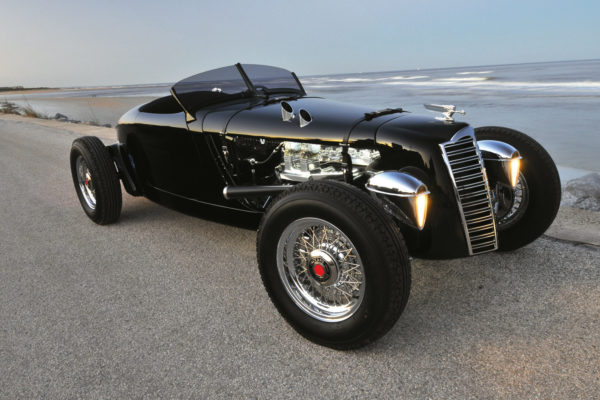
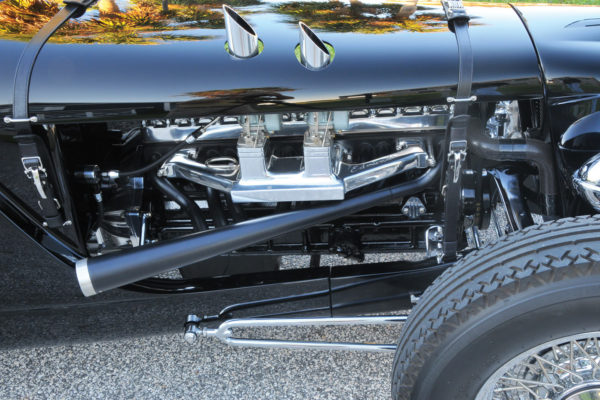
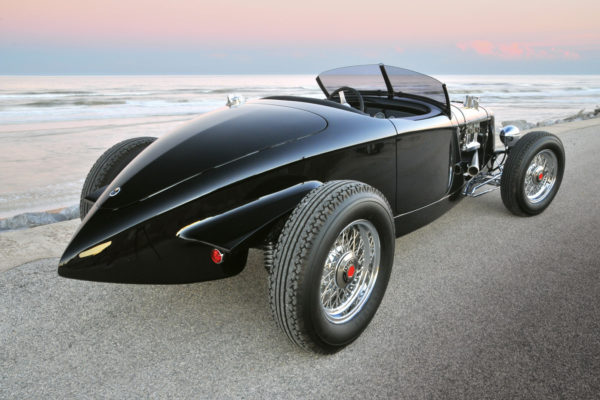
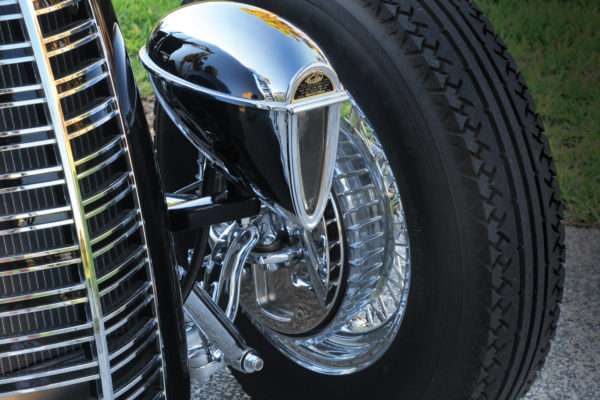
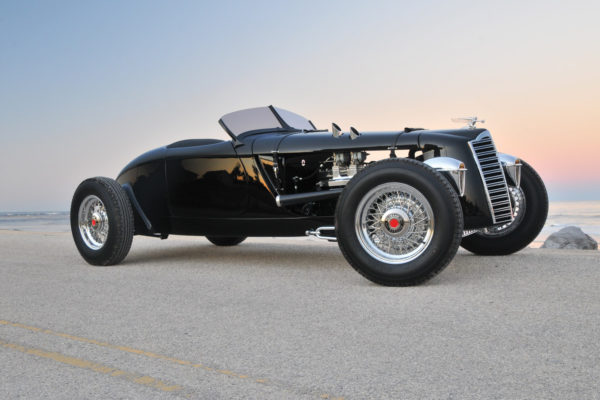
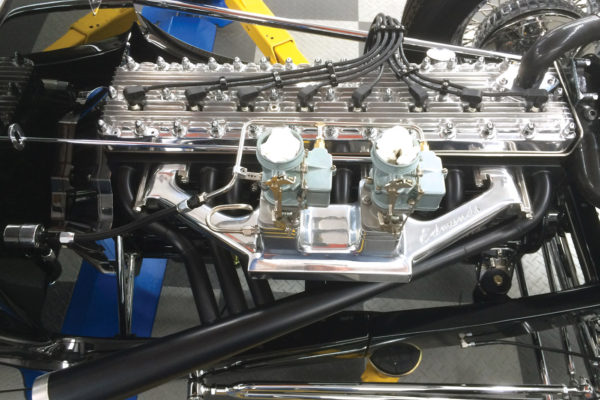
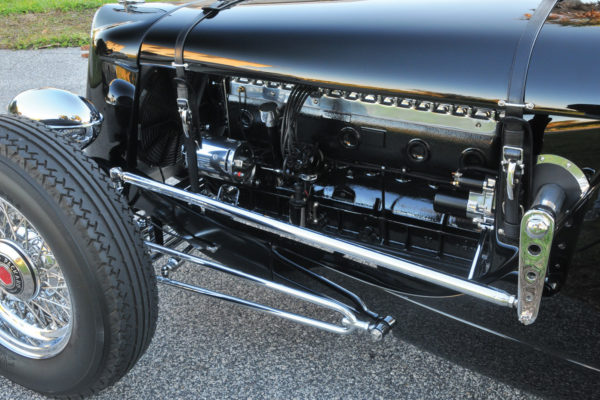
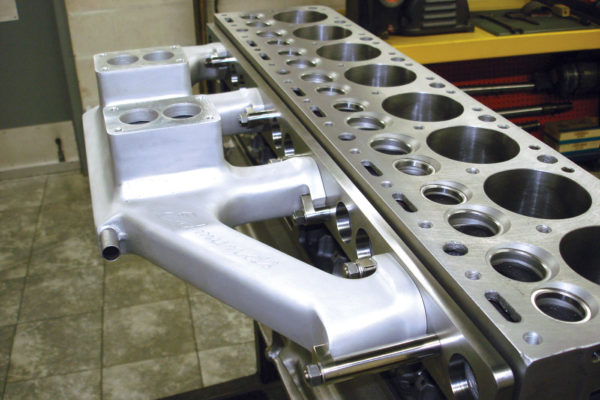
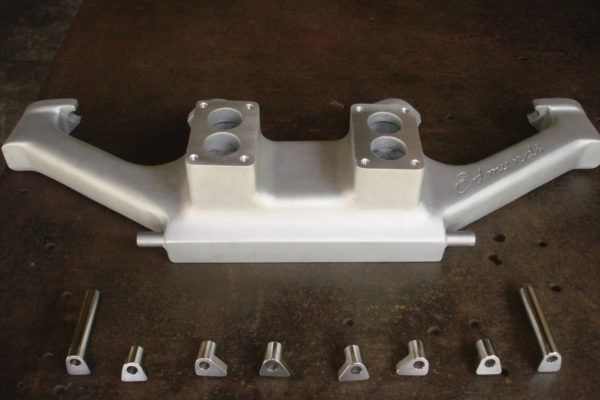
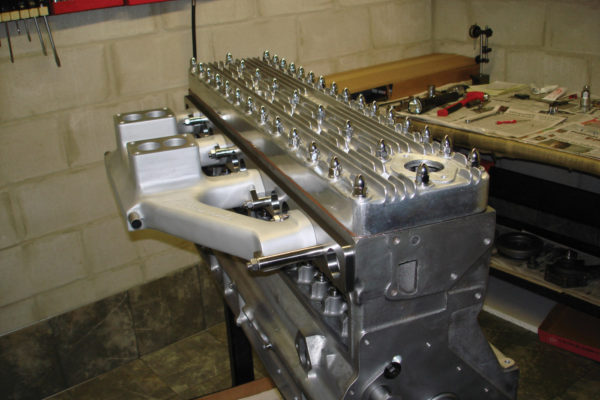
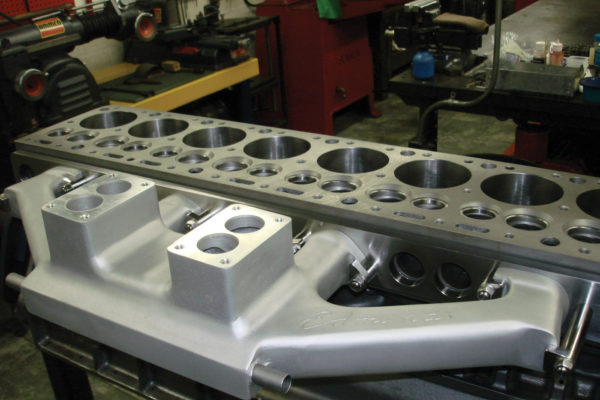
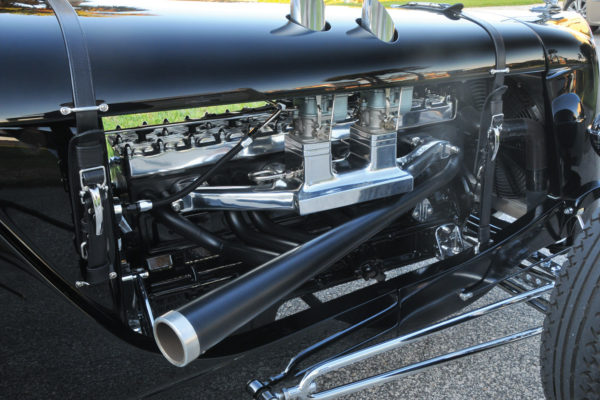
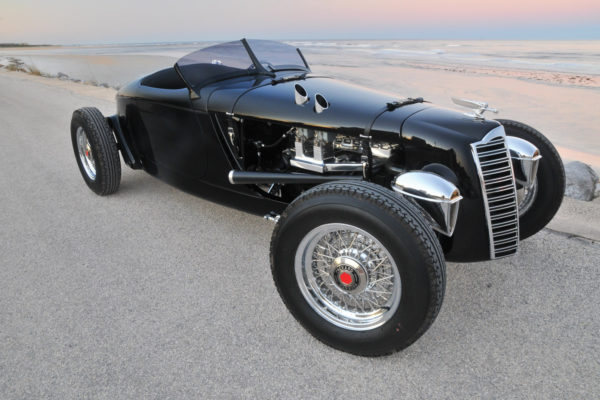
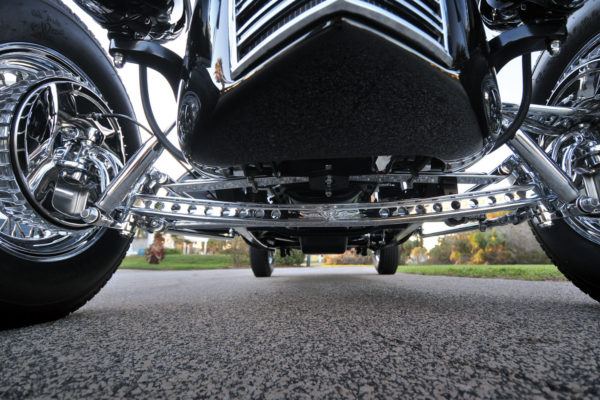
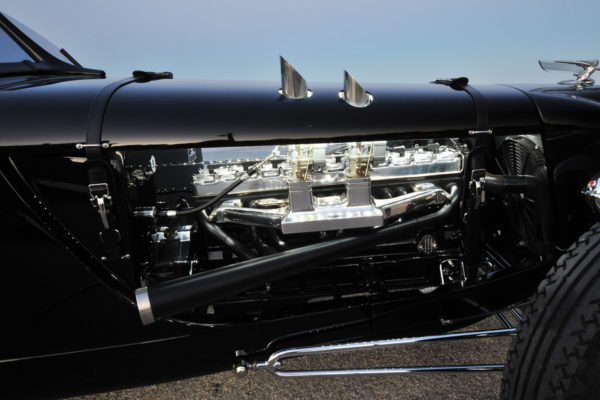
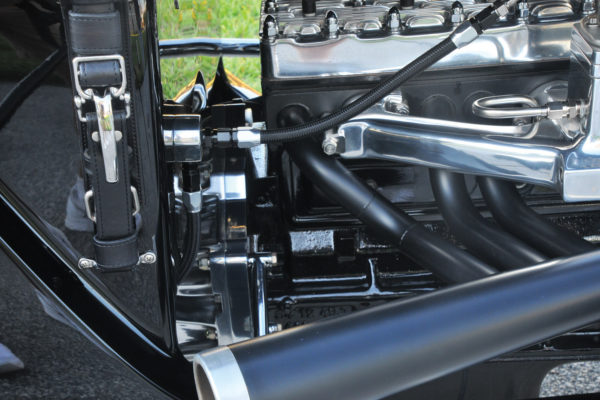
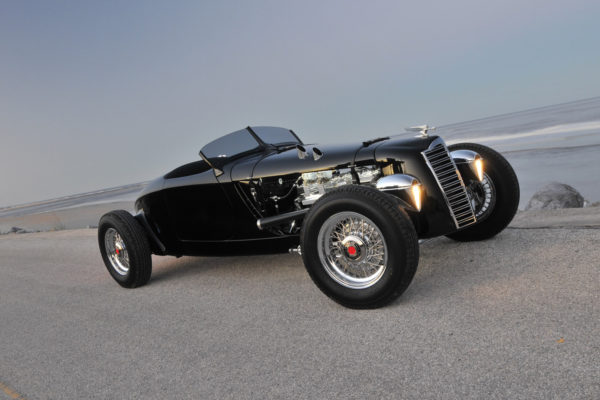
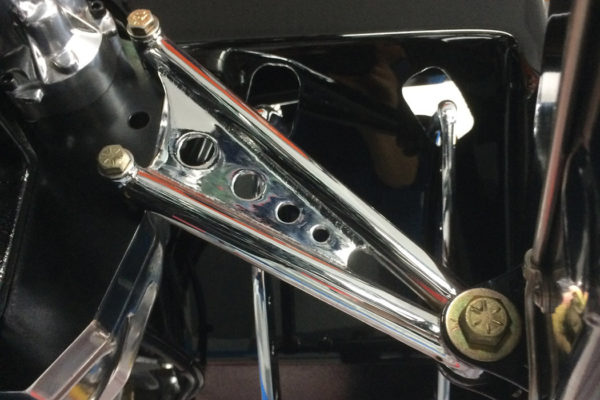
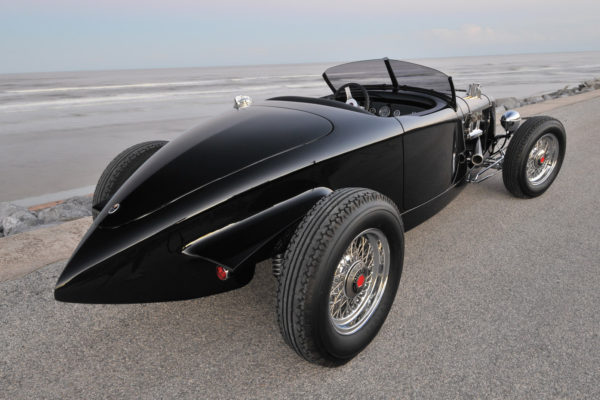
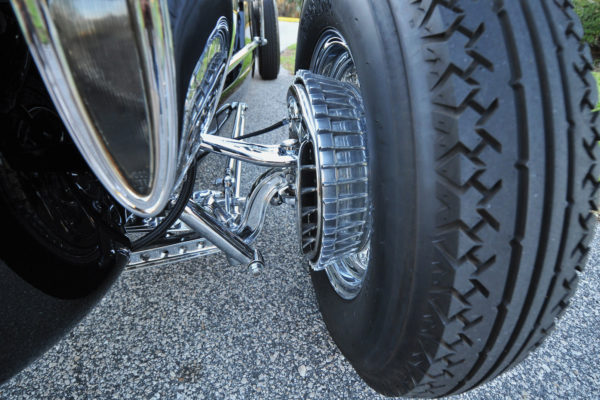
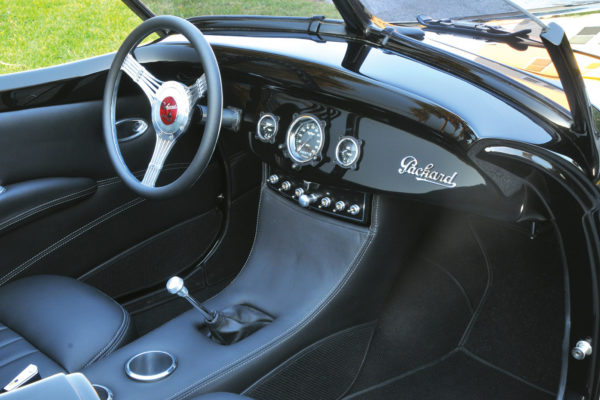
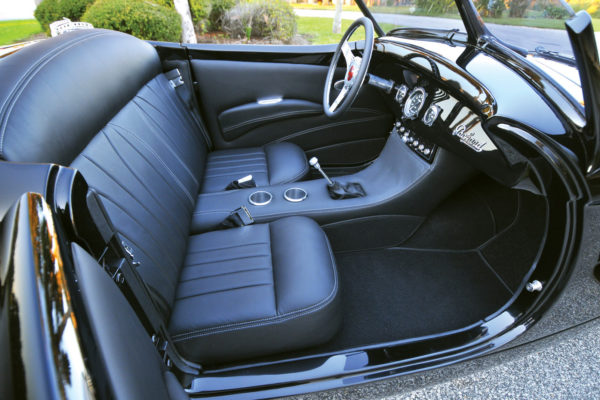
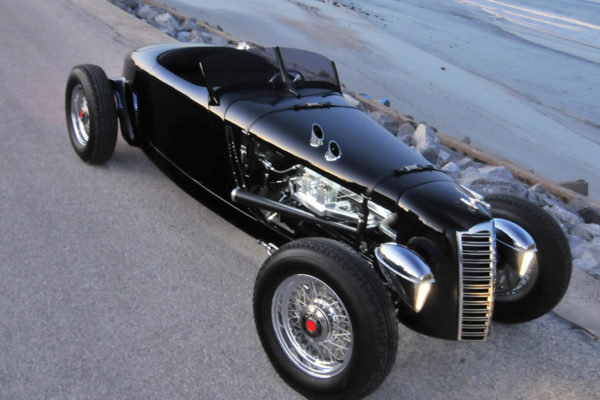
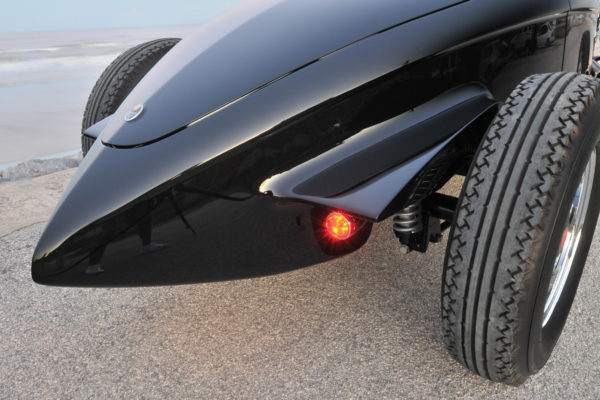
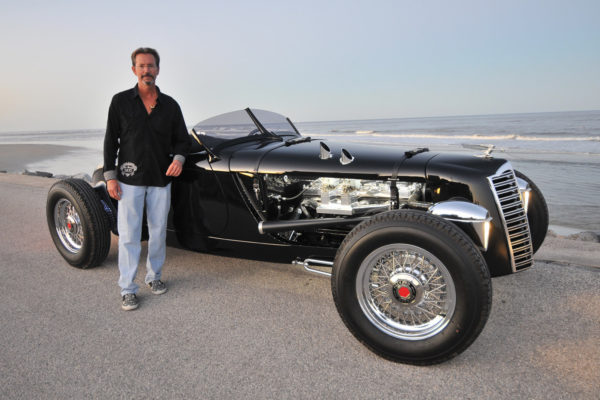
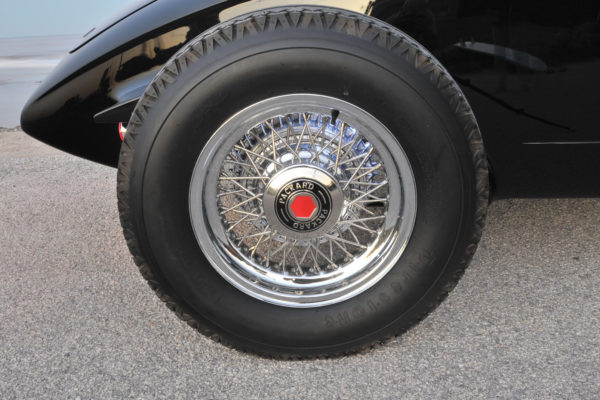
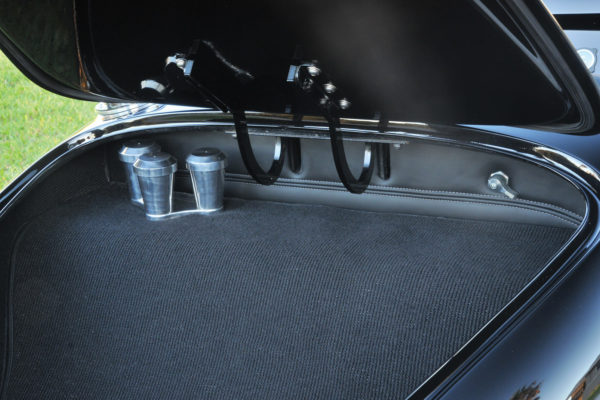
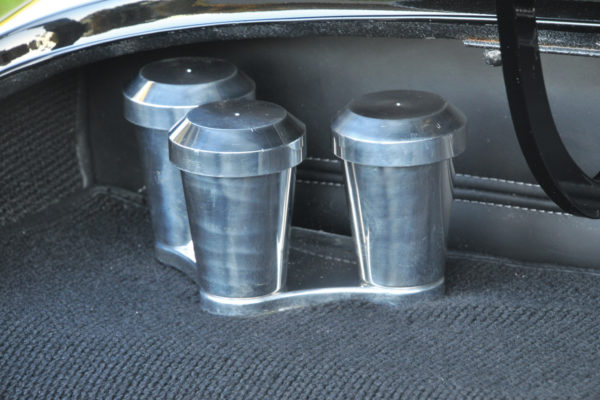
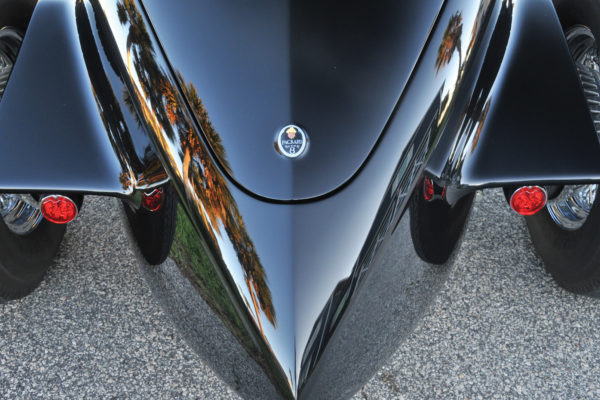
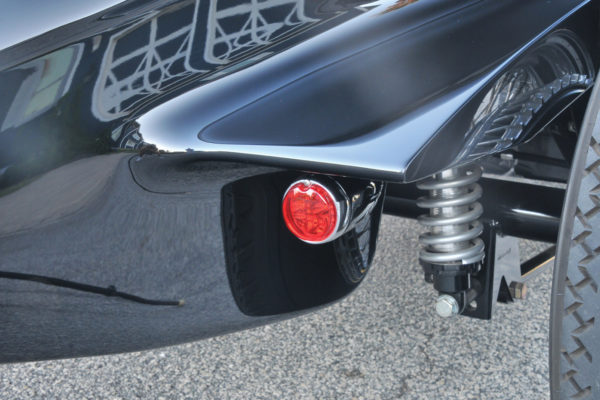
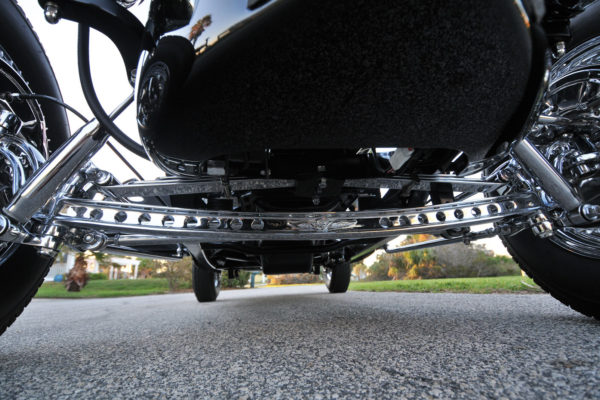
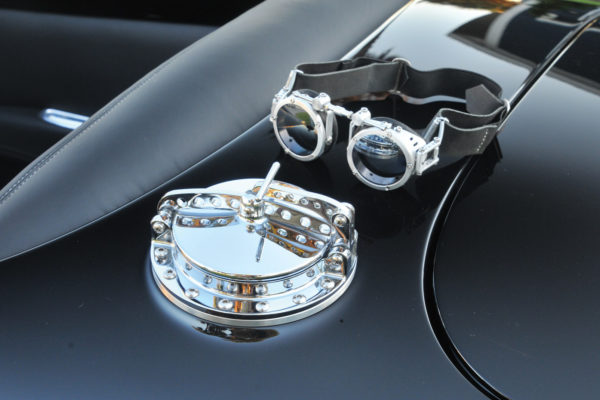
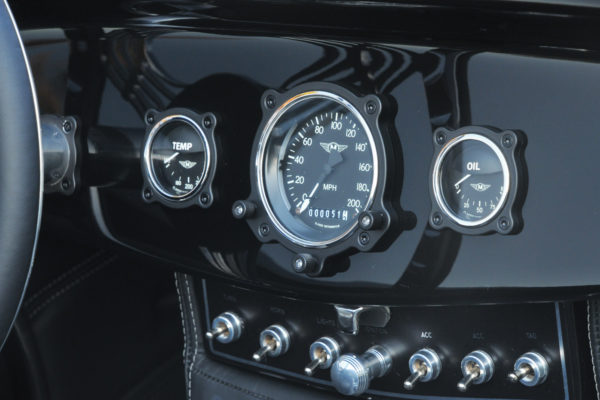
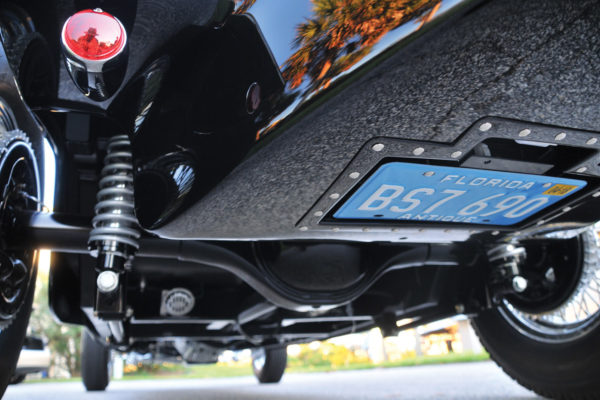
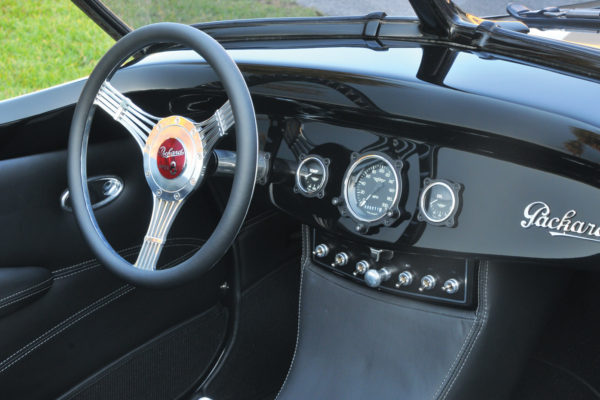
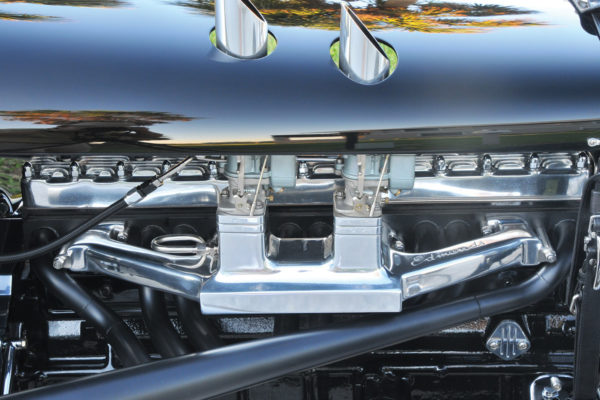
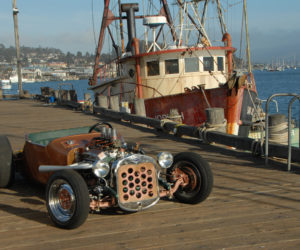
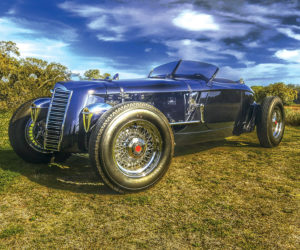
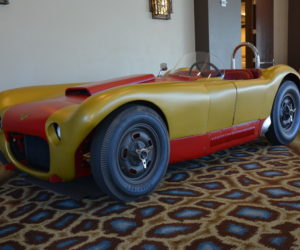
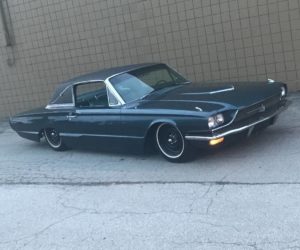




Comments for: Prized Packard
comments powered by Disqus